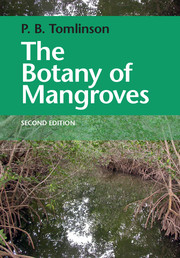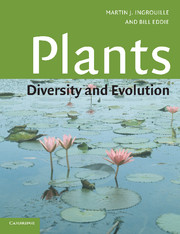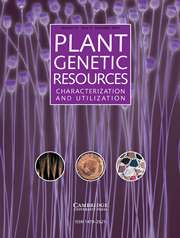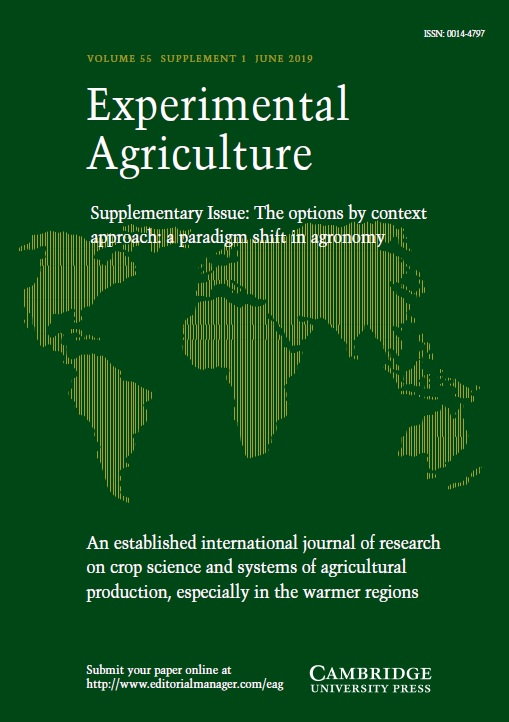The Botany of Mangroves
Mangroves are distinctive tropical plant communities that occupy the intertidal zone between sea and land. They are of major ecological importance, have economic value as a source of food and raw materials, and serve as a buffer from flooding and climate change-induced sea level rise. Mangroves are under threat from pollution, clearance and over-exploitation, and increasing concern has driven demand for an improved understanding of mangrove species. This book provides an introduction to mangroves, including their taxonomy, habitat-specific features, reproduction and socio-economic value. Fully updated to reflect the last two decades of research, this new edition of a key text includes newly documented taxa, new understandings of vivipary and the evolution of mangrove species, and a rich set of colour illustrations. It will appeal to researchers and students across a range of disciplines, including botany, ecology and zoology.
- Includes 24 high-quality colour images, illustrating the details discussed in the text
- Incorporates evidence from genetic analysis, a newly developing discipline, providing cutting-edge research and information
- Summarises new research since the last edition, demonstrating the dynamism of the discipline and providing researchers with comprehensive knowledge of the field
Reviews & endorsements
"When P. B. Tomlinson first wrote his botanical account of mangroves three decades ago, these much-maligned trees were largely unknown as the places of wonder and value that many have come to appreciate today. His words have truly placed mangroves in a much better light - better understood and better valued. This new edition, with its cogent updates on mangrove plants and their associates, along with informative colourful plates, is once again needed to inspire and motivate a new generation of devotees. Mangrove shorelines are threatened by the current double dilemma of global climate change coupled with increasing human demands and direct pressures. Natural ecosystems like mangroves are in serious retreat and decline. With this second edition of The Botany of Mangroves, we have a point of reference, and an opportunity to revisit the all-encompassing view seen from the ample shoulders of P. B. Tomlinson."
Norman C. Duke, Centre for Tropical Water and Aquatic Ecosystem Research (TropWATER), James Cook University, Townsville
Review of the previous edition:
"This book should be required reading for any serious student of mangroves."
Ariel E. Lugo, Ecology
Review of the previous edition:
"… a precise treatment of mangrove botany …"
Howard J. Teas, Economic Botany
Review of the previous edition:
"… of considerable value to students and professionals alike. I can warmly recommend it."
C. J. Humphries, Oryx
Product details
December 2016Hardback
9781107080676
432 pages
253 × 182 × 24 mm
1.05kg
128 b/w illus. 24 colour illus. 13 tables
Available
Table of Contents
- Part I. General Account:
- 1. Historical prelude
- 2. Ecology
- 3. Floristics
- 4. Biogeography
- 5. Shoots and leaf systems
- 6. Structural biology
- 7. Root systems
- 8. Water relations and salt balance
- 9. Flowering
- 10. Seedlings and seeds
- 11. Mangroves and people
- Part II. Detailed Description of Families: Acanthaceae
- Anacardiaceae
- Apocynaceae
- Arecaceae (Palmae)
- Asteraceae (Compositae)
- Avicenniaceae (Acanthaceae)
- Bataceae (Batidaceae)
- Bignoniaceae
- Bombacaceae (Malvaceae: Bombacoideae)
- Celastraceae
- Clusiaceae (Calophyllaceae)
- Combretaceae
- Ebenaceae
- Euphorbiaceae
- Fabaceae (Leguminosae)
- Flacourtiaceae
- Goodeniaceae
- Lecythidaceae
- Lythraceae
- Malvaceae (Malvoideae)
- Melastomataceae
- Meliaceae
- Myristicaceae
- Pellicieraceae
- Plumbaginaceae
- Primulaceae (Myrsinaceae: Myrsinoideae)
- Pteridaceae
- Rhizophoraceae
- Rubiaceae
- Rutaceae
- Sapindaceae
- Sapotaceae
- Sonneratiaceae (Lythraceae)
- Sterculiaceae (Malvaceae: Sterculioideae)
- Tiliaceae (Malvaceae: Brownlowioideae).










